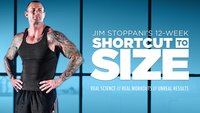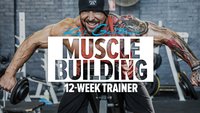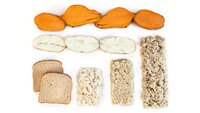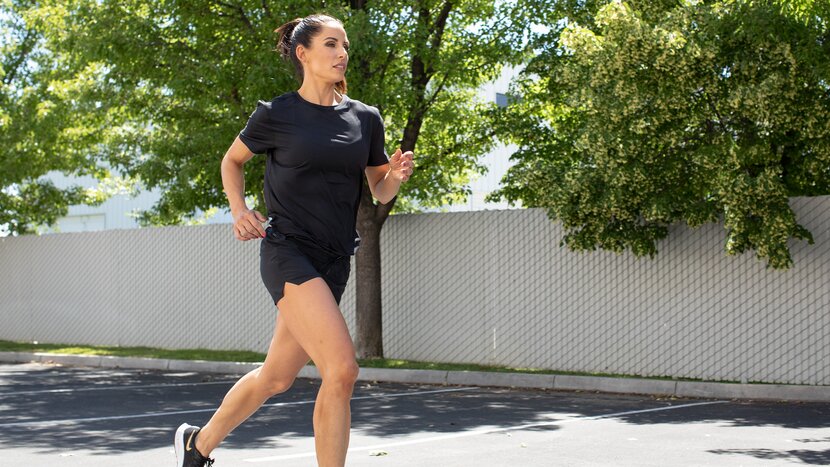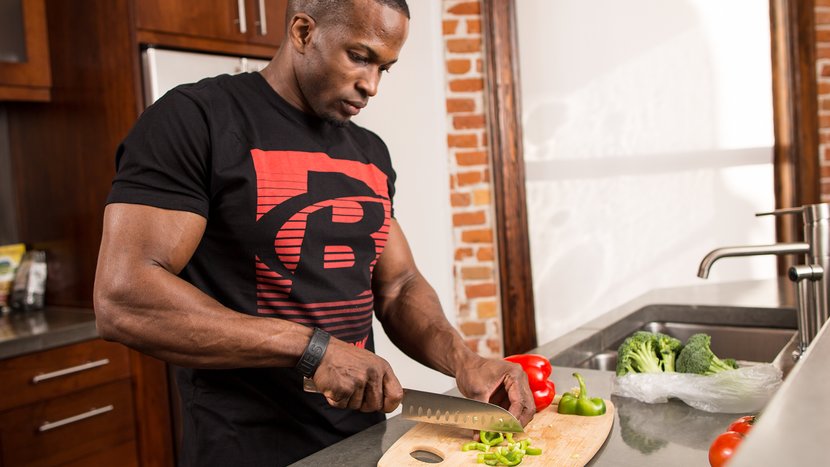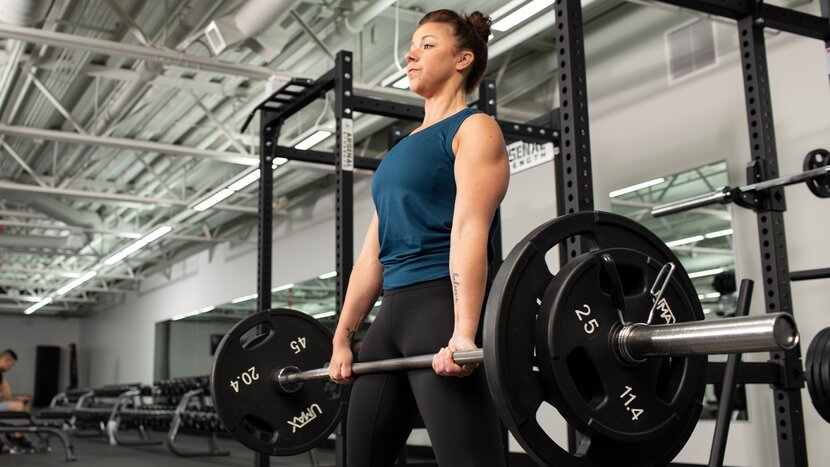
How Many Calories Should You Eat Per Day?
Use this calorie calculator to find out how many calories you really need! Match it to your goals and activity level to help you make better nutritional choices.
Reading a food label could give you the impression that everybody needs more or less the same things, in the same quantities, to be healthy. Not so! We all have different bodies, different goals, and different lifestyles, and the way we eat should reflect that.
This calorie calculator will help you estimate the number of calories you're burning each day, plus a daily calorie target to help you lose weight, add muscle, or maintain your current weight. This can be your launch pad to gain better control of your nutrition and better results while working toward your goals!
Calorie Calculator
Your calorie count should put you in a slight caloric deficit of around 200-700 calories. This can help you establish a consistent, sustainable pace of weight loss. Here are your next steps to lose weight:
1. Pick a weight-loss workout plan.
A well-designed program is an essential part of turning hard numbers like calories into hard-body results! Here are the most popular ones from BodyFit:
2. Calculate your macronutrient ratio.
Calories aren't just calories! They're actually values that come from the macronutrients of protein, fats, and carbohydrates (as well as alcohol). Paul Salter, RD, can show you how to dial yours in for your goal in the article, "Macronutrient Calculator: Find Your Macro Ratio for Flexible Dieting and IIFYM."
3. Learn about the best fat-loss supplements.
Supplements can help you accelerate your results once you have your calories and training in place. Krissy Kendall, Ph.D., shares her recommendations in the article, "5 Ways to Up Your Fat-Loss Supplement Game."
4. Join a fitness community.
For over 10 years, members of BodySpace have been helping each other build their best bodies. Join a fitness community that's over 2 million people strong!
Your calorie count should put you in a slight caloric surplus of around 500 calories. This can help you establish a consistent, sustainable pace of weight gain. Here are your next steps to gain muscle:
1. Pick a muscle-building workout plan.
A well-designed program is an essential part of turning hard numbers like calories into hard-body results! Here are the most popular ones from BodyFit:
2. Calculate your macronutrient ratio.
Calories aren't just calories! They're actually values that come from the macronutrients of protein, fats, and carbohydrates (as well as alcohol). Paul Salter, RD, can show you how to dial yours in for your goal in the article, "Macronutrient Calculator: Find Your Macro Ratio for Flexible Dieting and IIFYM."
3. Learn about the best supplements for gaining muscle.
Supplements can help you accelerate your muscle-building results once you have your calories and training nailed. Krissy Kendall, Ph.D., shares her recommendations in the article, "8 Proven Supplements for Muscle Growth and Strength."
4. Join a fitness community.
For over 10 years, members of BodySpace have been helping each other build their best bodies. Join a fitness community that's over 2 million people strong!
Your calorie count should put you close to a level where you maintain your current weight. Here are the next steps on your journey to customize your nutrition:
1. Pick a workout plan.
A well-designed program is an essential part of staying motivated and seeing results. Here are some of our most popular programs from BodyFit:
2. Calculate your macronutrient ratio.
Calories aren't just calories! They're actually values that come from the macronutrients of protein, fats, and carbohydrates (as well as alcohol). Paul Salter, RD, can show you how to dial yours in for your goal in the article, Macronutrient Calculator: Find Your Macro Ratio for Flexible Dieting and IIFYM."
3. Learn about the best health-focused supplements.
Supplements can help you accelerate your results and support your training once you have your calories and training in place. Chris Lockwood, Ph.D., shares what to take and why in the article, "Start Here: The Most Important Supplements for Every Body."
4. Join a fitness community.
For over 10 years, members of BodySpace have been helping each other build their best bodies. Join a fitness community that's over 2 million people strong!
Which Goal and Activity Level Should I Choose?
Maintain current weight
First time counting calories? Or not sure which goal is right for you? Then start with "maintenance." In theory, this is where you will eat the same amount of calories that you burn and maintain your current weight. Many nutritionists say before you start cutting calories, you should spend some time at maintenance and get more comfortable with tracking your foods and portion sizes.
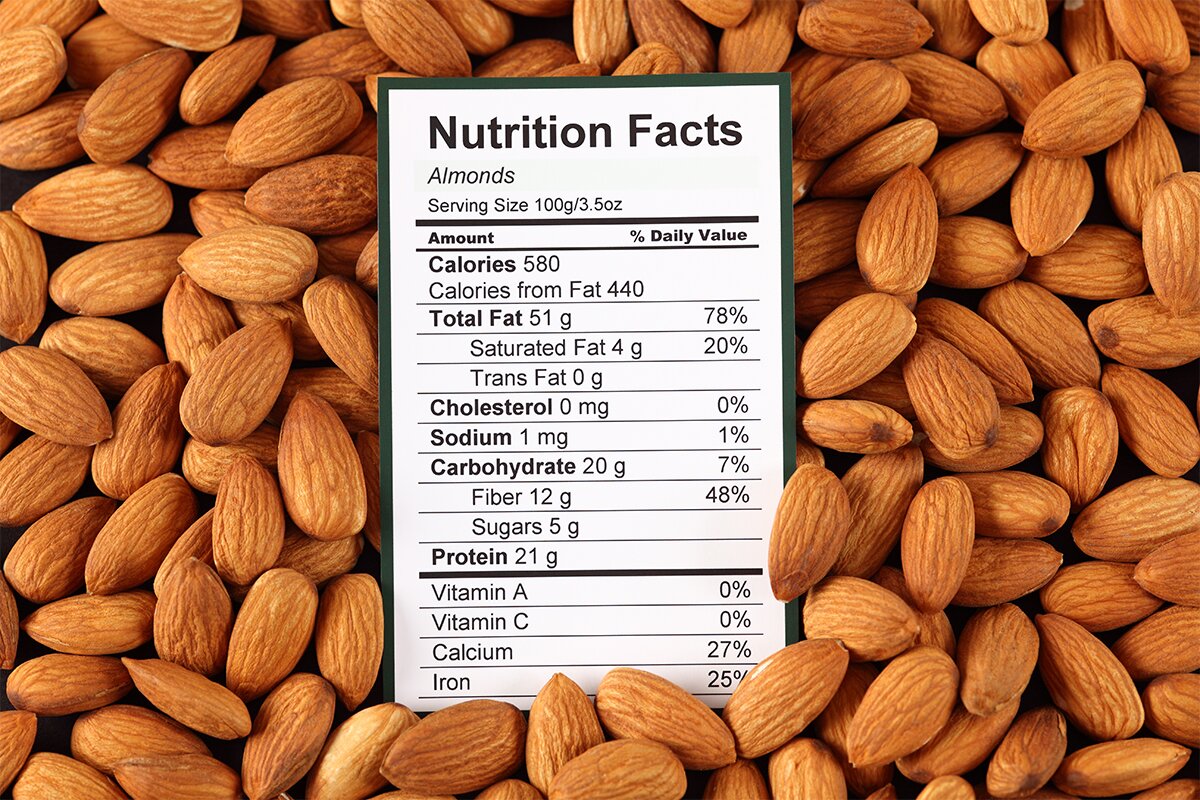
Lose weight
If you know that you're ready to lose a few pounds and you've counted calories before, select "lose weight." This will give you a target that is usually 200-700 calories below maintenance. This is a popular "sweet spot" for healthy, sustainable weight loss.
Gain weight
Gaining weight—especially as muscle—sounds easy enough. Train hard, eat big, right? But you may be surprised at how much more you need to eat to grow! Selecting "gain weight" will put you a few hundred calories above maintenance. If this doesn't make the scale go up after a couple of weeks, you may need to add a few hundred more.
Activity Level
This choice should reflect the amount of activity in your life based on how you exercise and how physically active your life and/or job is. Nutritional researchers agree calorie estimates should take more into account than just the amount you exercise. Here's how to figure out what's right for you:
- Sedentary: You work at a desk job and you don't do much housework, walking, or exercising.
- Lightly active: You don't exercise much, but you go for walks 1-3 times per week and are on your feet doing housework during some of the day.
- Moderately active: You exercise 3-5 times a week and stay moving throughout the day with non-exercise activities.
- Very active: You exercise intensely or play vigorous sports on most days.
- Extra active: You exercise intensely or play vigorous sports nearly every day, including occasional "two a days." You also work a physical job or are on your feet most of the time.
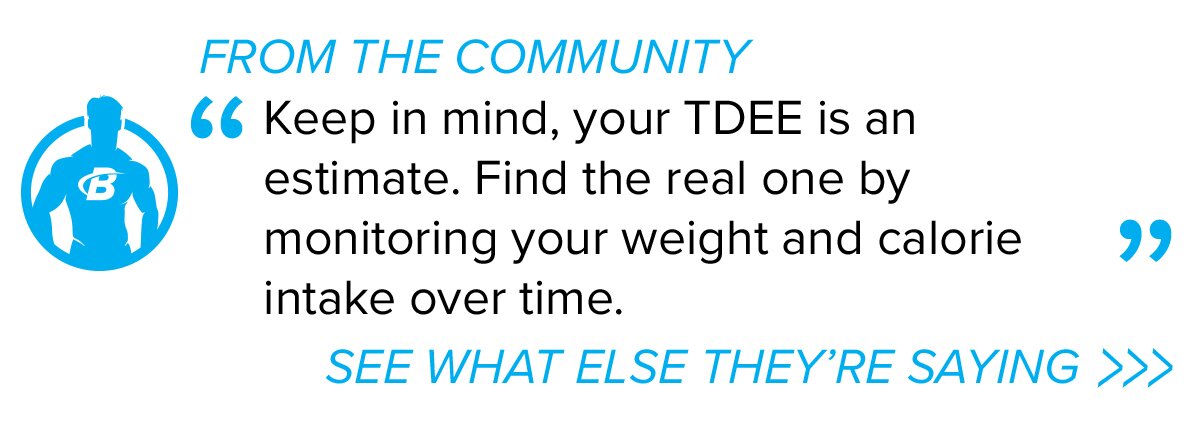
Should I Count Calories?
There are plenty of people who can maintain a healthy body composition without ever counting calories, but for many others, it is incredibly valuable.
Wondering if it's right for you? Registered dietician Susan Hewlings, Ph.D., explains how to know in the video, "All You Really Need to Know about Calories and Food Labels."
Advantages of calorie-focused nutrition:
- Allows you to compare different meals and foods
- Gives you an objective measurement of portions
- Help show how small indulgences—like a daily soda—can add up over time
Disadvantages of calorie-focused nutrition:
- Doesn't take food quality into account
- It can be tempting to cut too many calories, too fast
- Food labels aren't necessarily accurate
It's one measurement of many, but one that definitely matters! To learn more about all the fundamental ideas of nutrition and how to match your eating to your goals, dive into Bodybuilding.com's Foundations of Fitness Nutrition course.
How Do I Calculate the Calories in My Food?
You can do this using food labels, as well as by weighing out your food and using one of the many online nutritional databases.
Weighing food may seem like a lot of counting and not much fun, but it gets easier over time. Fitness coach Vince Del Monte says in the article, "From Here to Macros: 4 Steps to Better Nutrition" that you quickly learn to "eyeball" quantities of both calories and macronutrients after just a few weeks of practice.
Bodybuilding.com has also created visual guides to help you learn these skills:
Serving Size vs. Portion Size
Calorie counts are almost never 100 percent accurate. But they can be pretty close, as long as you have one crucial piece of information dialed in: the serving size.
Whenever you look at a nutrition label, look at the serving size first. All the information that follows is based on that. Sometimes serving size reflects an entire box or bottle of the product, but often, it's just a small amount.
Sound scientific? It's not. Serving size is an estimation of the average portion a person eats—and as nutritionist Sara-Jane McShane explains in the article, "5 Sneaky Culprits of Weight Gain," it's not always an accurate one! If you eat a cup of a product with a serving size of half a cup, you will then double all the nutritional information: calories, protein, carbs, sodium, fat, and everything else.
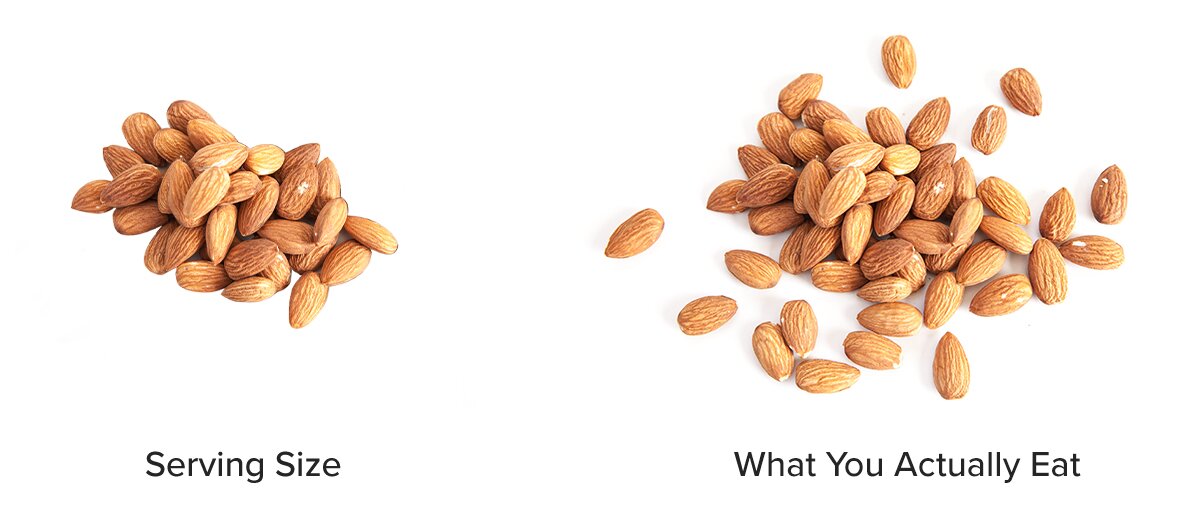
This is essential information if you want your calorie counts to be reliable! Not into doing complicated math? Then maybe pre-portioned foods like tuna fish, protein bars, or packaged nuts are a good choice for you. These sorts of calorie-counting hacks can be lifesavers!
One more "secret" that's increasingly well-known: eat enough protein! A major study in 2018 found that as long as your calories are under control and you're eating enough protein, different weight-loss diets work with about the same degree of effectiveness.
PROTEIN IS YOUR FRIEND FOR WEIGHT LOSS AND MUSCLE GAIN. HAVE A SHAKE AFTER TRAINING, OR ANY TIME OF DAY AS A MEAL REPLACEMENT - View All
Get Systematic About Your Results
Once you have your daily calorie intake, it's time to take the same kind of strategic approach to the rest of your training and nutrition. These popular calculators can help you dial in your plan!





